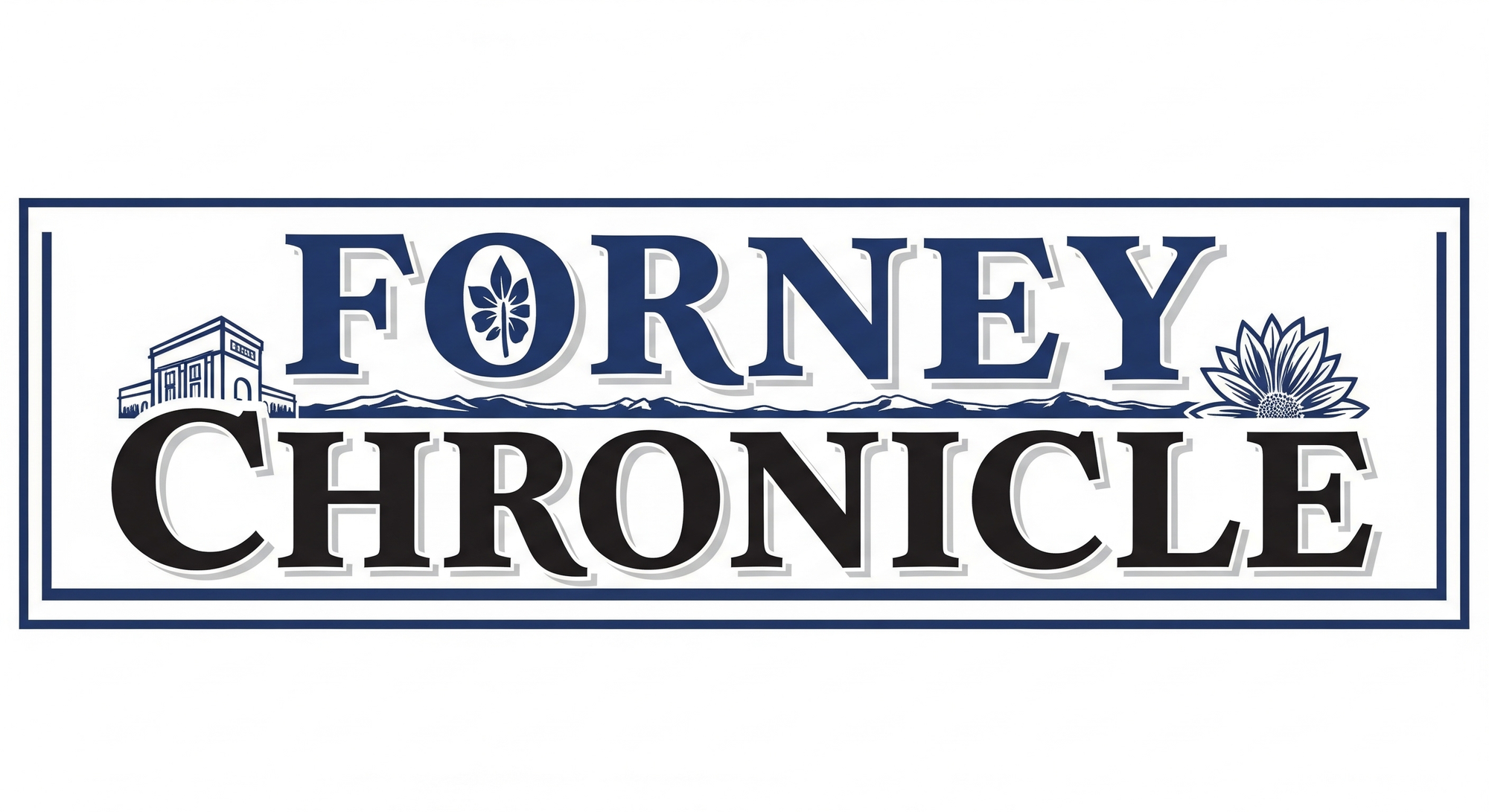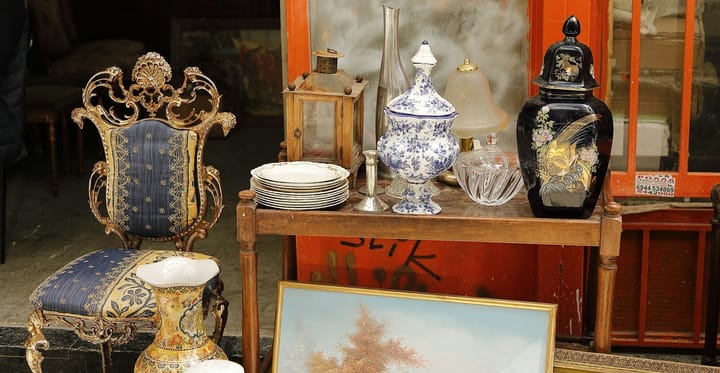Why Bois d’Arc Street Is Named That (& Why Folks Call It “Bodark”)

If you've ever driven down Bois d’Arc Street in Forney and wondered what in the world that means—or why everyone pronounces it like a wrestling move—you're not alone. Strap in: this is the story of Bois d’Arc, the tree, the wood, and the name that refuses to roll off the tongue.
🌳 What Is Bois d’Arc Anyway?
“Bois d’Arc” is French for “bow wood,” a name early French explorers gave after observing Native Americans (like the Osage and Caddo) fashioning bows from the highly springy wood of the Osage orange tree ▶ the tree’s scientific name is Maclura pomifera.
🪵 Why a Street—and a Tree—Matter in Forney
Back in the 1800s, Forney and the surrounding region were full of these thorny trees. Settlers prized Bois d’Arc for being extra hard, rot-resistant, and long-lasting—perfect for fencing, railroad ties, and even paving downtown sidewalks in the 1880s ▶ locals like “Bois d’Arc Bill” and factories shipped it off to Dallas and even Chicago’s World’s Fair.
That’s how the tree earned its local honor: a major street in town got christened Bois d’Arc Street, recognizing how valuable the tree was to early Forney life.
🤔 But Nobody Says “Bois d’Arc” Correctly
Here’s the kicker: despite its French spelling, most Texans don’t pronounce it “bwa darc.” Instead, it’s voiced as “BOE-dark”—often written colloquially as “Bodark.” Even regional forums joke:
“We used to call them ‘Bois d’Ark’, with the Texafied pronunciation, 'Bodark’.”
So, if you ask for directions to Bois d’Arc and someone says, “You mean Bodark Street?”, don’t fret—they’re just sticking with tradition.
🪓 Fun Facts (And Brutal Truths)
- Bois d’Arc wood has a Janka hardness rating of about 2,620, making it one of the toughest native woods in North America.
- Its thorny branches once formed fence hedges that were “horse-high, bull-strong, and hog-tight”—basically nature’s barbed wire before barbed wire existed.
- The fruit—called horse apples or hedge apples—are big, green, bumpy, inedible, and messy. Some people swear they repel spiders if left around the house. Others just throw them at each other for sport.
🚧 Why Forney Street Got That Name—And Why It’s Still Funny Today
- The street name is a nod to the local botanical legacy that helped build early Forney.
- But let’s face it: spelling it—and saying it—feels like tongue-twister training. Pronouncing “Bois d’Arc” makes newcomers pause; calling it “Bodark” makes locals nod and say, “Yep, that one.”
- It's one of those rare street signs nearly everyone mispronounces—kind of the unofficial challenge of small-town Texas navigation.
👟 So What? Why It’s Worth Knowing
Bois d’Arc Street isn’t just another signpost—it’s a reminder of Forney’s roots: clever settlers, resourceful timber, and a weird, thorny fruit that tastes terrible but lasts forever. The next time you say “Bodark Street,” just own it. You’re speaking local history. And yes, it’s okay to giggle a little if someone mispronounces it—welcome to the unofficial pronunciation club.



